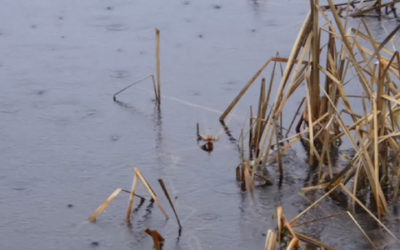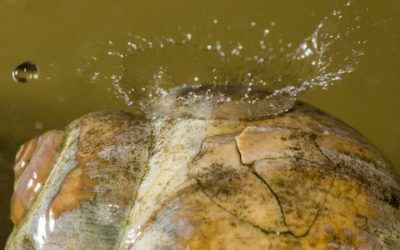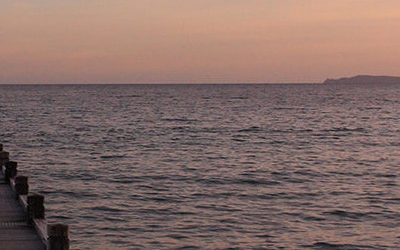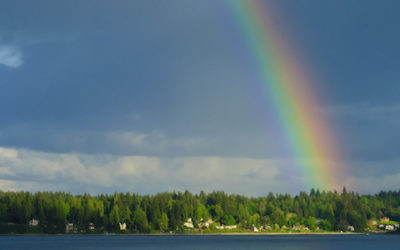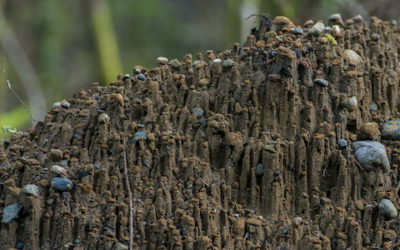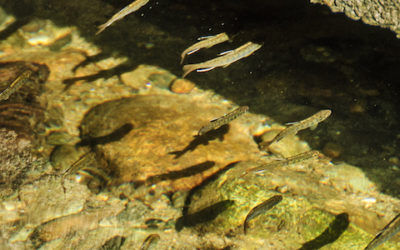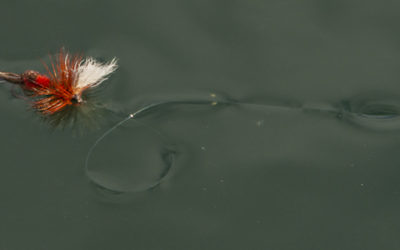RAIN AND SOIL
Partners in Sustaining Life
by Sharon Pegany, Spring 2019
Photos & video by John F. Williams except where noted
USDA Public Domain
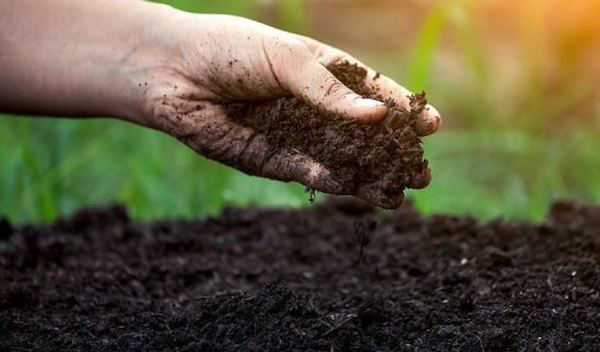
USDA Public Domain
RAIN AND SOIL
Partners in Sustaining Life
By Sharon Pegany, Summer 2019
Photos & video by John F. Williams except where noted
Rain and soil make an incredible team. The water cycle may be the most efficient transportation system in the world, delivering supplies of critical life-sustaining water. Soil channels and stores it and is responsible for keeping it clean and useable. The water you drink has been through at least one soil technology to purify it. From local water treatment systems to the Brita pitcher in your refrigerator, soil is the inspiration behind all water purification systems.
By taking a deep dive into the wonder of soil, we can begin to understand why soil is such a big deal. Soil is made of sand, silt, clay and organic matter, but each soil is a unique blend of these natural ingredients. Not only does the physical composition of soil impact its color and texture, it also determines storage capacity for nutrients and contaminants. When water meets soil, a multidimensional decontamination process begins. For starters, soil slows the flow by acting as a barrier for water to move past. Heavier contaminants are stopped or settle out and actually become part of the soil composition.
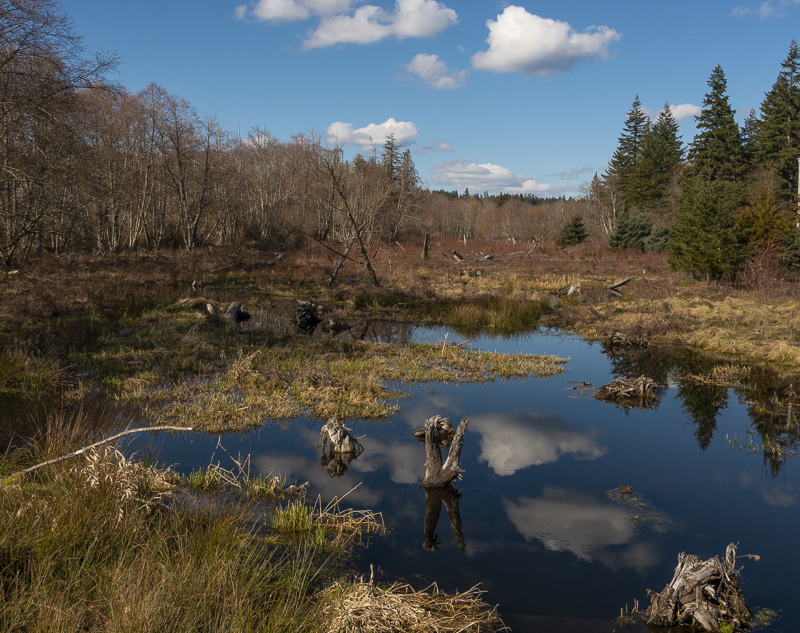
mutual attraction
At a deeper level, the chemical composition of the soil impacts what nutrients are retained in the soil and which ones are washed or leached out. Soil acts as a kind of glue due to the interaction of positive and negative charges. Most soil particles are negatively charged so they attract positively charged nutrients (known as cations) such as calcium, magnesium, and potassium.
These positively charged nutrients, as well as many dissolved metals, temporarily cling to negatively charged clay and organic matter particles.
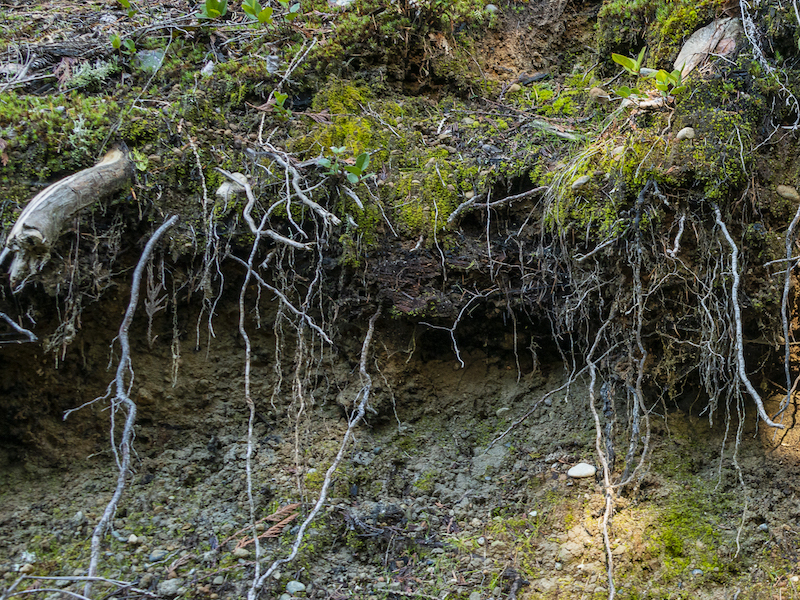
As a result, the soil can become rich in nutrients available for plants to absorb, but there’s a catch. In order to absorb the nutrients, plant roots must trade or exchange positively charged molecules inside the plant (like hydrogen) for similarly charged nutrients in the soil. In theory, soils with higher negative charges are full of positively charged nutrient molecules, giving plants a lot of options in an underground game of trade. This complex chemical tournament is constantly changing the chemistry of the soil… pretty clever maneuver for dirt!
bacterial bonus
As an added bonus, soil is also full of bacteria — each gram of healthy soil contains millions of hungry bacteria scrambling for an easy meal. There are several kinds of bacteria in soils. Most are decomposers that consume simple carbohydrate compounds, such as plant litter and substances released from plant roots, known as root exudates. Some bacteria can even break down pesticides and other pollutants. These armies of hardworking bacteria repurpose plant waste and foreign substances, converting them into useful nutrients for the soil community.
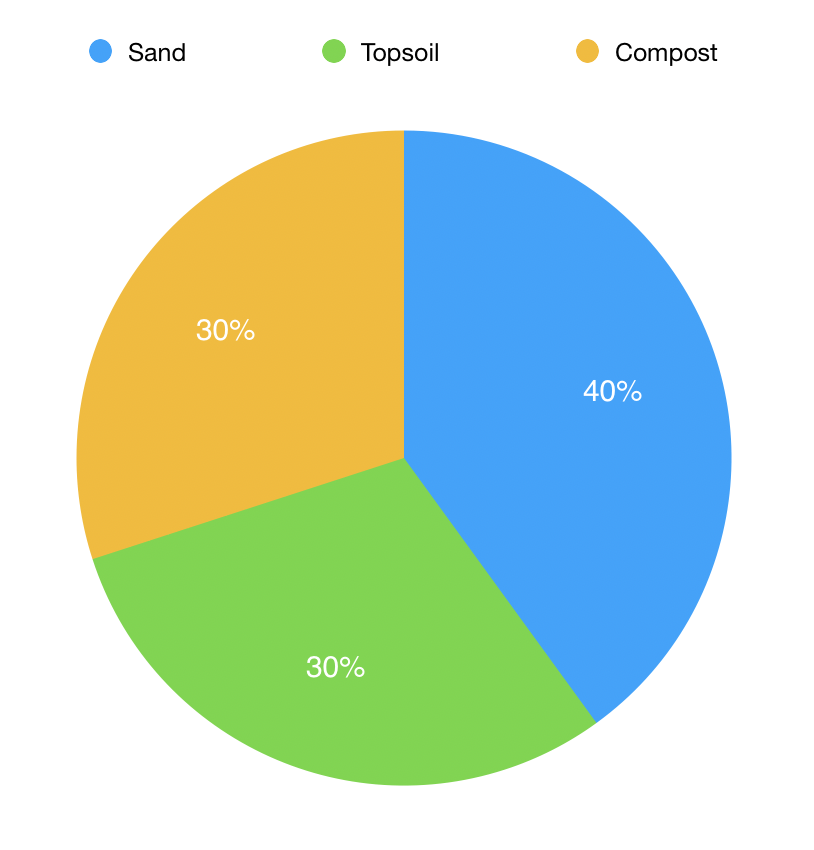
The right blend for the top layer of a rain garden
In the context of retention basins like rain gardens, it is important for the top layer of soil to be composed of the right blend of ingredients, roughly 40% sand, 30% topsoil, and 30% compost. Known as “engineered soils” or amended soil, this mix makes plants happy and is also the first stage in the water decontamination process. Next, water moves to a layer of aggregate where it is held as it infiltrates into the native soil below, ideally at a rate of greater than 0.5 inch per hour. Sandy and rocky soils have fast infiltration rates, whereas clay has the slowest rates and may not be suitable for rain gardens.
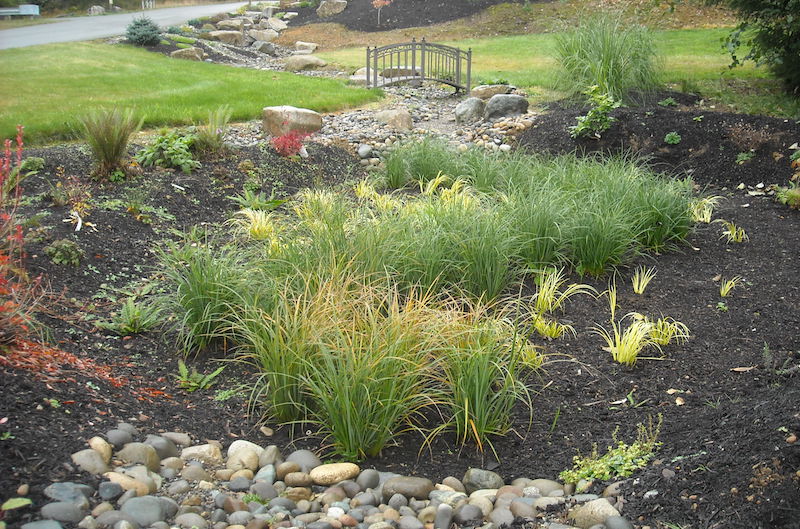
Photo courtesy of Kitsap Conservation District
The Salish Sea and the life it supports depend on us to keep exploring the untapped potential of nature to solve environmental problems. When it comes to contaminated rain water, soil is a clearly an important part of the solution. Scientists and citizens alike are finding innovative ways to harness soil’s remarkable properties. For more detailed information about soil and ways to contribute to healthy soil, check out Soil Science Society of America.

Sharon Pegany is an educator and citizen scientist who loves to indulge her insatiable curiosity for the natural world. After teaching inside elementary classrooms for over 30 years, she now spends her days outside exploring, learning and encouraging others to wonder about sky, sea, and land through shared hikes, writing, photography and art. Wander with her through the contrasting naturescapes of desert, ocean and forest at pacificwondertracker.com
Table of Contents, Issue #3, Spring 2019
Precipitation
by Leigh Calvez, Spring 2019 Photos & video by John F. Williams except where notedBy Leigh Calvez, Summer 2019 Photos & video by John F. Williams except where notedas a transplanted midwesterner, i am fascinated by the precipitation here in the pacific...
Raindrop
by Amy Roszak, Spring 2019 Photos & video by John F. Williams except where notedBy Amy Roszak, Summer 2019 Photos & video by John F. Williams except where notedalthough most of us think of raindrops as tear shaped,by the time we see them falling through the...
Poems-3
Jenifer Browne Lawrence is the author of Grayling (Perugia Press, 2015), and One Hundred Steps from Shore (Blue Begonia Press, 2006). Awards include the Perugia Press Prize, the Orlando Poetry Prize, the James Hearst Poetry Prize, the Potomac Review poetry award, and...
Rainbow
Rain Gardens Help Rain Find Clean Paths to the Sea by Sharon Pegany Photos & video by John F. Williams except where notedRain Gardens Help Rain Find Clean Paths to the Sea By Sharon Pegany, Spring 2019 Photos & video by John F. Williams except where...
Soil Pedestals
by Greg Geehan, Spring 2019 Photos & video by John F. Williams except where notedEarly Indicators of Erosion By Greg Geehan, Summer 2019 Photos & video by John F. Williams except where notedwhat does the rain hit?Rain nurtures Salish forests, and the forest...
Coho
by Paul Pegany, Spring 2019 Photos & video by John F. Williams except where noted By Paul Pegany, Summer 2019 Photos & video by John F. Williams except where noted can rain gardens help save salish sea coho salmon?The answer is a definite…maybe. One hidden...
Currency
by Ron Hirschi, Spring 2019 Photos & video by John F. Williams except where notedBy Ron Hirschi, Summer 2019 Photos & video by John F. Williams except where notedKITSAP COUNTY SUPPORTS A FAIR NUMBER OF YEAR-ROUND STREAMSUnlike most other western Washington...

